On the first day of the conference, I attended the Historic Gravestone Conservation Workshop at Spring Hill Cemetery in Huntington. Jonathan Appell, a historic stone conservator, led a group through several different hands-on techniques for cleaning gravestones and monuments; resetting and leveling leaning gravestones; and conservation, or repair, of broken gravestones. This in-depth session allowed for more than just a speaker presenting his ideas and techniques – we were able to participate and get our hands dirty. Our group cleaned four gravestones during the morning session, removing moss and lichens from the bases and focusing on making the inscriptions more visible and readable. In the afternoon, our group worked on four other gravestones. Each one presented a different challenge toward conservation and repair. We reattached a top portion of a grave marker that had been laying on the ground; we leveled a leaning gravestone; we adhered a large head stone with its base to eliminate the possibility of it falling over; and we used a tripod and hoist to lift and reset large and heavy segments of the final grave marker.
By Robert My name is Robert Wolfe and I am currently finishing my MA in public history from West Virginia University. Starting in December I will begin serving at Main Street Fairmont in Fairmont, West Virginia. Given my educational background in historic preservation and public interpretation, along with my interest in adaptive land reuse, a Main Street program is an ideal place for me to undertake a service position. Throughout my education I have had the privilege of working for a number of institutions including; George Washington’s Mount Vernon, the Pendleton Historic Foundation, and the Heritage Trail Conservancy of Madison Indiana. I know my time at Main Street Fairmont will be equally as rewarding. Since finishing my Undergraduate Degree I have been fascinated with discovering new ways to utilize our heritage. Like many people in the field of public history, I believe there is an excess of historic house museums. Too many stories competing for a limited audience is creating a strain on budgets. While it would be nice if house museums could sustain themselves on admissions alone, it simply is not feasible in the 21st century. Historic houses need to gather new audiences so that we all may retain our cultural heritage. Just because a building is old, doesn’t mean it must be a museum! The workshop “Charetting the Jenkins House” at the Preservation Alliance of West Virginia 2014 Conference, was a natural workshop to attend. The Jenkins House (Green Bottom) is an 1825 plantation house on the Ohio River. The home, currently owned and mothballed by the U.S. Army Corps of Engineers, has been meticulously restored to its appearance in 1825. The Jenkins House operated as a house museum for a time. During this period the house would host Civil War encampments and special holiday events. The Jenkins House currently awaits a new use.
The charette was a refreshing change in house museum narratives. Local historical societies typically receive the unfair stereotype of being inflexible in their beliefs. The stakeholders of the Jenkins House were interested in restoring the old museum events but also interested in expanding the scope of activities at the site. The site has an excellent view of natural wetlands and ample space for people. The natural beauty lends itself to its use as an event space. Other options discussed include a community garden, a historic gardening site, or community space for local events. As a government property, the Corps of Engineers is responsible for upkeep and bills for the Jenkins House. The Jenkins House is in an advantageous position to experiment with new uses. This gives the property an advantage, allowing the stakeholders to put more resources into developing alternative uses for the property. Charettes are just one example of how historic preservationists can interact with the local community to preserve local heritage. The PAWV Conference allowed me to get hands on experience on the benefits and uses of charettes. Classroom experience can never equal field experience. By Nicole, PAWV Preserve WV AmeriCorps Hi there! My name is Nicole Marrocco, and I’m the 2014 – 2015 AmeriCorps member for the Preservation Alliance of West Virginia. As a newcomer to the field of historic preservation and a lifelong resident of Massachusetts, I’m very excited to dive headfirst into this experience and to call West Virginia home for the next year. While I may be a newbie in terms of preserving and reusing historic buildings, I’m no stranger to the study and preservation of material culture. In 2010, I graduated from Boston University with a dual B.A. in Archaeology and Classical Civilizations. In my classes I developed an interest in cultural resource management and the preservation and interpretation of archaeological sites. In addition to my coursework, my love of history and historic buildings runs deep.I have fond childhood memories of visiting Lowell, Massachusetts, in awe of the dilapidated, textile mills that lined the canals of the city—some of you may know Lowell as the birthplace of the American Industrial Revolution and the first planned industrial city in the country. Years later as a college student, I returned to a vibrant and bustling city to serve as an intern at the Lowell National Historical Park. As an intern, I had the opportunity to truly get a sense of how much historic preservation and heritage tourism had revitalized the city of Lowell in the time since my childhood. Having seen the good that historic preservation can do close to home, I’m so happy for the opportunity to serve with Preservation Alliance of West Virginia. PAWV is the statewide grassroots nonprofit organization dedicated to promoting and supporting historic preservation in the Mountain State. With a commitment to preserving West Virginia’s unique cultural heritage, PAWV and its members work to save the past and to benefit the present with a vision for the future by supporting and promoting historic preservation through education and outreach advocacy, preservation tools, and heritage tourism. While the first few weeks of service have been chock-filled with training, we have already had the opportunity to roll up our sleeves and get our hands dirty. At the combined Preserve WV / Appalachian Forest Heritage Area AmeriCorps training at Jackson’s Mill, a group of AmeriCorps members assembled “Little Free Libraries” as a community service project. A cross between a dollhouse and a birdhouse on a post, these small shelters for used books operate on the “take a book, leave a book” principle.
Prior to the training at Jackson’s Mill, Lynn Stasick and I prepared all the materials necessary to assemble each of the libraries, including making a pattern model and cutting the wood required (Did I mention I learned how to use a power saw?!). We then instructed four teams of AmeriCorps members how to assemble the libraries at Jackson’s Mill. Each of the four AmeriCorps-constructed Little Free Libraries will be painted by residents of the community in which it will be placed, creating a shared sense of pride and allowing us to generate enthusiasm for the libraries before they’ve even been installed. Once installed, neighbors will have the opportunity to share their favorite books with each other. Although it seems small, this is a fantastic project because it can have such a large community impact. The Little Free Library movement promotes literacy and a love of reading by providing access to books worldwide. And as our experience demonstrates, the libraries also build a sense of community as we—AmeriCorps members, skilled tradesmen, schoolchildren—share skills and creativity during the construction process.
The 2013-2014 Preserve WV AmeriCorps year is coming to a close. Members, staff, and supervisors gathered yesterday to celebrate a successful first year and to discuss ways to improve the program. Old Hemlock Foundation in Bruceton Mills (Preston County) hosted an afternoon of good food, sharing ideas, and enjoying each other’s company. PAWV Executive Director, Danielle LaPresta, led a discussion on improving the Preserve WV AmeriCorps program and developing ways to collect data more efficiently. All members gave excellent input, and their responses will be used in applying for more grants and measuring the effects the program is having in communities all over West Virginia.
For the 2013-2014 program year, members are serving at Craik-Patton House (Charleston), Cockayne Farmstead (Glen Dale), Downtown Wheeling, Inc. (Wheeling), PAWV (statewide), Wheeling National Heritage Area (Wheeling), Main Street Morgantown (Morgantown), Main Street Fairmont (Fairmont), Old Hemlock Foundation (Bruceton Mills), Marion County Historical Society (Fairmont), Adaland Mansion (Philippi), and National Coal Heritage Area (Oak Hill). This year has been so successful that we are expanding to more sites for 2014-2015. More information on that soon. The Preserve WV AmeriCorps is made possible through a grant. However, it requires a lot of PAWV staff commitment that is not paid by the grant. If you are interested in showing support for this program and PAWV, please consider giving a tax-deductible donation to PAWV HERE. Your donations are used to expand services and this program. The PreserveWV AmeriCorps program is Preservation Alliance of West Virginia’s statewide service initiative to promote cultural heritage tourism and enhance historic resource re-use and redevelopment projects in West Virginia. Particular focus is placed on non-profit capacity building through organizational policy development, volunteer management, and community engagement. AmeriCorps members’ service will contribute to West Virginia’s economic development and environmental stewardship. AmeriCorps is a program of the Corporation for National and Community Service, an independent federal agency whose mission is to improve lives, strengthen communities, and foster civic engagement through service and volunteering. To learn more about AmeriCorps see www.americorps.gov. The PreserveWV AmeriCorps program is sponsored by Volunteer West Virginia, the state’s Commission for National and Community Service: www.volunteerwv.org/ By Jake Dougherty, Preserve WV AmeriCorps at Wheeling National Heritage Area Corporation My great story comes from an event I helped lead called Show of Hands. Show of Hands is an event meant to gain community support around positive programs happening in downtown Wheeling. The way it works is: people working on projects in downtown apply to present at the event. The selection committee chooses four projects based on location, need in the community, and void filled. The day of the event, attendees make a suggested donation at the door, and with that, they receive a vote. Attendees hear the presentations and vote on the one they like the most. The project with the most votes receives the money raised at the door, plus $1,000 courtesy of a global law firms whose headquarters are in downtown Wheeling. After many hours spent building this concept, recruiting projects to present, doing promotions to get attendees there, the event started. With the expectation of about 40 attendees, we were blown away when 40 people were already in the building just 10 minutes after the doors opened. By the time the program began, there were close to 115 attendees and already $720 raised at the door.
After making the announcement of the winning vote getter, we announced this plan and the audience gasped, some even said that they got goosebumps from the announcement.
It was such an incredibly shocking moment, but it has so much more than shock value. 1) From the beginning the concept of Show of Hands was met with incredible support. The program received $5,000 in financial funding (before the unexpected announcement at the event), plus thousands in donated expertise, time, and products. 2)The community turnout was more than we ever could have expected. That shows the need for innovative solutions to get projects started, and that the community wants to get behind these projects. 3) We built new community partners, and they are enthused to be a part of the community. 4) After the fact, all four of the projects that pitched have started their projects and have an immense amount of community support. This is my great story because through my service my goals were to work with historic resources like buildings and help get them utilized, build organizational and community capacity, and build a culture of social engagement. Not only was this done through a small concept implemented by just a few committed volunteers, but it completed transcended my impact. It has become a well respected project that is supported by many and impacts many. I grew up in Wheeling. When I decided to leave the city or event during internships during college in town, I never would have expected this program to be this successful. It is something special to see my hometown come together more and more to become a innovative and wonderful place to live and be. By Malina, Preserve WV AmeriCorps In my last post I explained how I, a newly minted PAWV Preserve WV AmeriCorps member, was able to travel to Japan to interview a woodworker about his life, his craft, and his American friend, Janell Landis. As I knew very little Japanese going in, and my project partner, Paula, is a historian of Japan and has studied the language for nearly eight years, I decided to let her do the talking and relegated myself to equipment duty and appreciative observer of the sites. Skipping over the nitty-gritty travel details, I will say only that my first, and most lasting, impression of Japan was how clean everything was. On the train ride north from Tokyo it was nearly impossible to distinguish the old buildings from the new, not just because of a combination of government-led housing construction and modernist concrete architectural design, but because there was no trace of dirt on building walls from pollution and many structures seemed freshly painted—it was all so clean. Walking around the city of Sendai, and later Akiu, I remarked to my personal translator and cultural guide, Paula, that there was so little litter. And she replied that it always amazed her that, despite the fact that there are very few public garbage cans, littering is very frowned upon in Japanese society. People just carry their trash with them over the course of the day and throw it away at home or work. This was by far the most noticeable difference to me in terms of urban spaces, which I have spent a lot of time thinking about since my tenure at Main Street Fairmont. The mountains of the Tohoku region where Sendai sits are surprisingly reminiscent of Appalachia. We were fortunate to come at a time of the year when everything was green and the weather was sunny and mild. As is evident above, I found the built environment of Japan to be fascinating, especially the small town of Akiu which had, in addition to the traditional Japanese inn where we stayed, several high-rise apartment buildings in a town of roughly four concentrated blocks. However, architecture was not the cultural resource we had come to document.
Oral History is an energy-intensive process for interviewer and subject. We interviewed Hiroi-sensei for a total of 6 hours over two days. The rest of the time we spent at his home was taken up by exploring the work on sale in his shop, touring the other shops nearby, and meeting some of the people in Akiu who spend their time helping to preserve the artisan traditions of Japan. Hiroi-sensei lives in a planned neighborhood specially designed to house artisan masters and help them sell their art for a living. Each artisan lives in a small house with an adjoining shop. Other kinds of traditional Japanese artisans live and work in this ‘craft village’ as well. We were able to patronize two kokeshi doll makers, a woodworker, a furniture maker, a fabric artist, and others. The village also included an information center with some of the artisans’ work on display and free tea and coffee for visitors. On our last day at the Akiu Craft Park we were able to sit down and talk with a young couple who volunteer their time at the information center and manage the Akiu Craft Park Facebook page. The young man, Takahashi-san, works at the local TV station and produced several short documentaries about the artisans in Akiu, including Hiroi-sensei. These young people are working consciously to promote Akiu, Sendai, and the larger Tohoku region as a viable tourist destination for Japanese people. The Japanese economy is significantly boosted by domestic tourism, but since the Tohoku earthquake and tsunami that hit Sendai in 2011, many Japanese people have been avoiding travel to the region. By educating the public on the availability of traditional crafts in Akiu, the community there hopes to foster an atmosphere of preservation. In his own way, Hiroi-sensei is also a preservationist, his family has passed down the particular way of making edo-goma, and he is passing it down to apprentices, like Janell and the two young people he is currently teaching, Maida-san and Misa-san. His process and materials are the same as those his father used and therefore, that process and the artworks he creates can be a similar window into history as any historical work of art or architecture. His process is interpretation while at the same time his art can be interpreted: though not historical themselves, they are artifacts ofhistory. We hope that, through our own efforts and those of Takahashi-san and others like him, traditional artisans like Hiroi-sensei and his neighbors will continue to practice their work and enrich Japanese culture for generations to come. By Malina, Preserve WV AmeriCorps In my two terms of AmeriCorps, one of the most exciting aspects of the program, for me, has been meeting new people who are taking on meaningful projects and networking with them. There are so many venues for AmeriCorps members to help each other with their projects and initiatives. Simply being in such a cooperative atmosphere can rub off on your other networks as well, and like-minded advocates and go-getters can be found in the most surprising places. Before I began my service with PAWV’s Preserve WV program, I had started working with Paula R. Curtis on Carving Community: The Landis and Hiroi Collection as a favor to friend, and as a fun side project during my job search. When we started the project, we had no idea how far it would take us. Paula is an incredibly impressive and smart person who was my sister’s roommate in college and is currently a PhD candidate in History at the University of Michigan and a Fulbright scholar. She runs a widely read blog entitled “What Can I Do with a BA in Japanese Studies?” That blog was the way a woman named Jane Heald first got in contact with Paula on behalf of her neighbor, Janell Landis. Janell is a former missionary who spent over thirty years living in Japan and teaching English at a women’s university in the region of Sendai. In 1981, after she had already been in Japan for nearly three decades, Janell met a local artisan who makes edo-goma(traditional spinning-tops) and began learning his craft. Janell gets such joy from these little wooden art-pieces that she has amassed a collection of nearly two hundred distinct tops. At 87, she began to think of the future of these precious items and wanted to find a museum to which she could donate them. She turned to Jane and Jane, after a simple Google search, turned to Paula. Paula was so intrigued by Janell’s story that she turned to me. As a graduate student in Public History, I gained some experience with oral history. Thus, Paula’s idea was to interview Janell as a kind of PR for the collection. We toyed with the idea of writing a journal article with the information from the interview, but decided that the publishing process would likely take too long and there could be no assurance that we would be printed at all. I turned to my advisor from graduate school who gave us the idea of an online “exhibit” website of our findings in the interview. The project never would have begun without the incredible network of each person involved.
In October, Paula and I travelled to Janell’s home in Tennessee and conducted the interview over three days. There was much to discuss including her life in the US during World War II, her decision to become a missionary, her training, her life in Japan, how she met her sensei and what his work meant to her. She demonstrated the workings of the tops and introduced us to some of the people in her community who had also spent time in Japan. She asked us if we would be willing to travel with her to Japan when she planned to visit for the last time in May. We were evasive: how could we afford to? But the idea was planted in our minds, and it opened up the possibility of filling in the gaps of the narrative we started. If we could interview her sensei, Hiroi Michiaki, we could understand his intent in creating each piece and his history with his only American and first female pupil. Thus, instead of transcribing the interview we had and posting the video we had taken in Tennessee, we devoted our time to writing grants and promoting a successful Kickstarter campaign aimed at buying the AV equipment we would need to take with us. With a generous grant from Paula’s department at Michigan and a little more money from the Kickstarter than our original goal, we both joined Janell in her journey from Nashville to Sendai, Japan. This was a project that started with nothing: an email from a retired woman on behalf of her friend that resulted in an international journey and a museum home for Janell’s collection. Thanks to another member of Paula’s University network, the Morikami Museum in Delray Beach, Florida will be adding Hiroi’s tops to their collection of traditional Japanese art works. Janell is overjoyed that people from all over the country will be able to view and appreciate the work of her teacher and friend. In Part 2, I will discuss my impressions of Japan, our interview with Hiroi-sensei, and some surprising preservation work going on in the town of Akiu, Japan. By Rodney, Preserve WV AmeriCorps During the week of June 16th to the 20th, I set out to participate in a hands on preservation project in the Monongahela National Forest. The project was focused on rehabilitating a historic shelter on the top of a high, overlooking mountain. I was joined by one other PreserveWV AmeriCorps member, Sami, as well as the Preservation Alliance’s VISTA, Alex. We experienced various levels of accomplishment throughout the week. Undeniable however, we found the work was honest and progress was evident, but in real life projects, there is no telling what surprises you’ll find. The site chosen for this project was a historic Civilian Conservation Corps (CCC) built shelter. The cabin is located on the top of a high ridge point giving 360 degree views of the surrounding forest. Because of this location, the shelter was used by forest fire patrols surveying the area from above in the nearby fire tower. The cabin was built by the CCC around 1931. It is made up of one main room, a small front porch, and attic area above the living space. There is evidence of wood stoves but due to vandalism, all that remained inside were a cabinet and limited shelving.
We began cleaning up trim pieces and wood window pieces. To our surprise, we found the new wooden windows ordered by the park service were much too big for the frame. Project supervisor, John Rossi, led me through the process to measure and cut down the sashes. I learned to assemble to rail system and eventually installed all three windows.
The historic Entler-Weltzheimer House is believed to be the oldest log structure in Shepherdstown. Built in the 1790s, the structure is the last remaining example of vernacular architecture in that part of Shepherdstown. The university obtained the house in 1926, converting it to a sorority house and domestic science classroom.
The follow-up workshop will be held due in part to the remaining funding which the Historic Preservation and Public History Program received from the Two Rivers Giving Circle and a matching grant from the Historic Shepherdstown Commission. |
News and NotesCategories
All
Archives
January 2024
Subscribe to our mailing list to receive e-news updates on historic preservation news and events in West Virginia.
|
Get Involved |
Programs |
Contact UsPreservation Alliance of West Virginia
421 Davis Avenue, #4 | Elkins, WV 26241 Email: info@pawv.org Phone: 304-345-6005 |
Organizational Partners:
© COPYRIGHT 2022 - PRESERVATION ALLIANCE OF WEST VIRGINIA. ALL RIGHTS RESERVED.

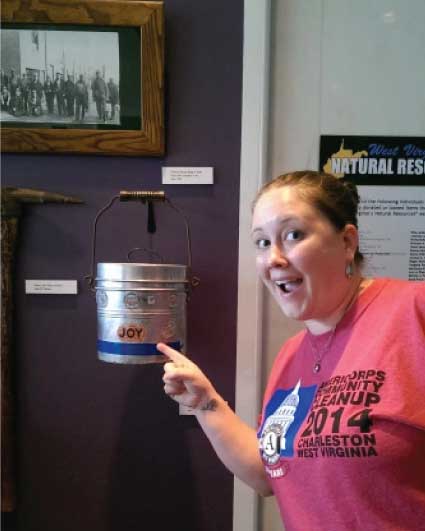
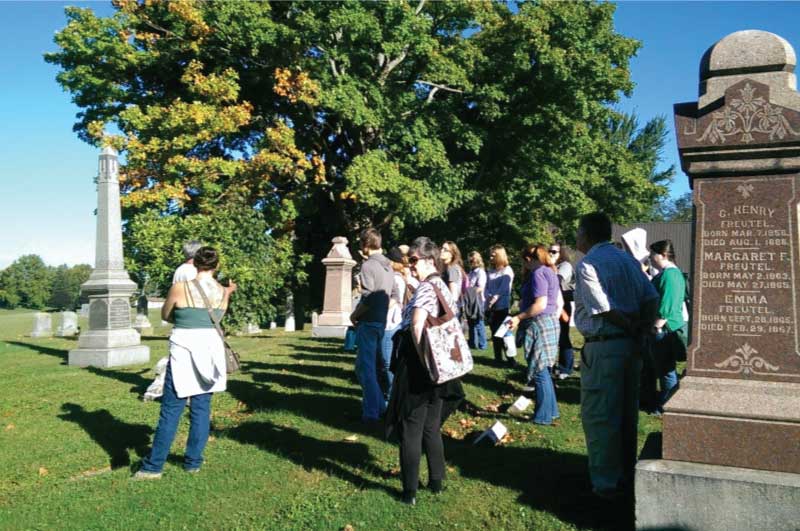
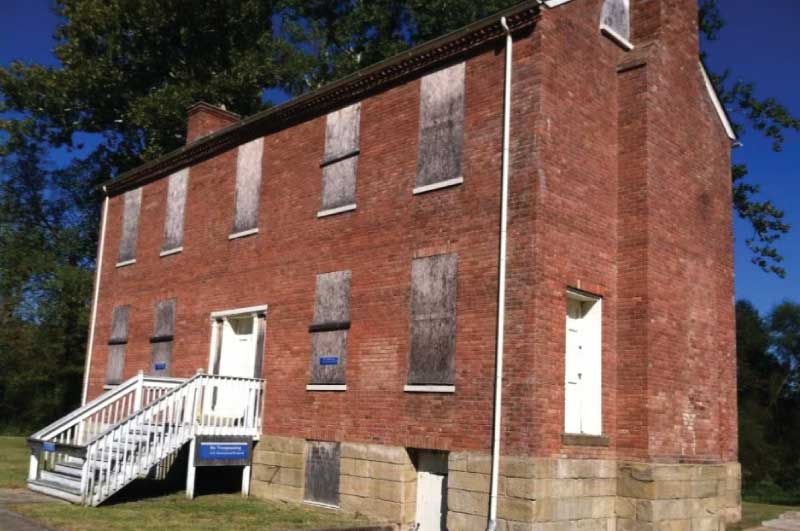
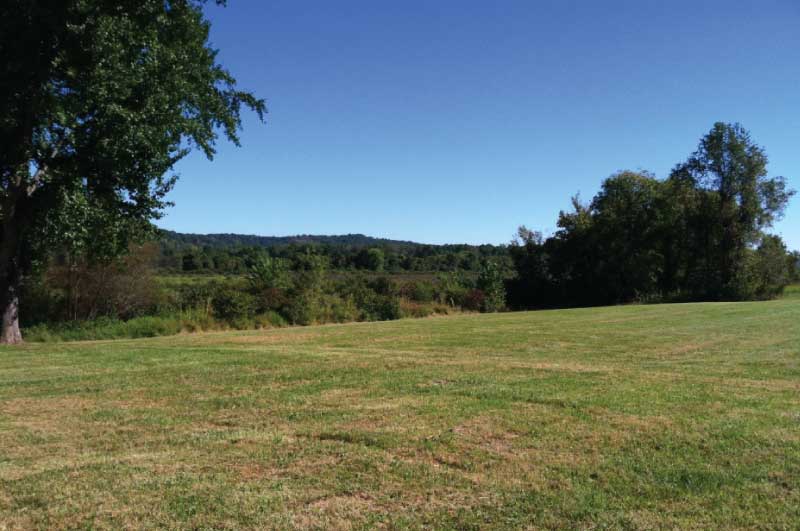
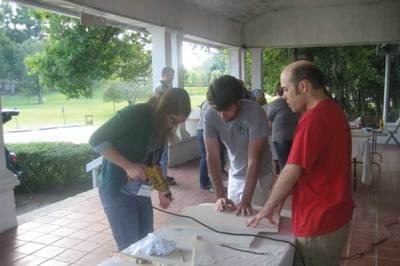
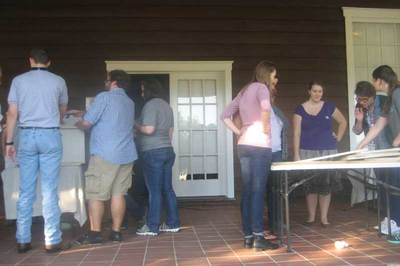
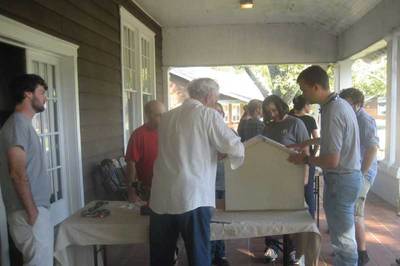
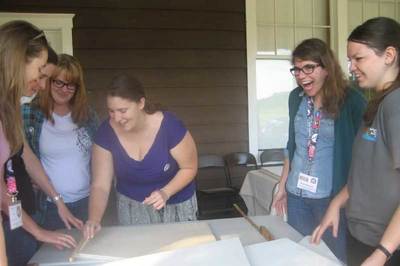
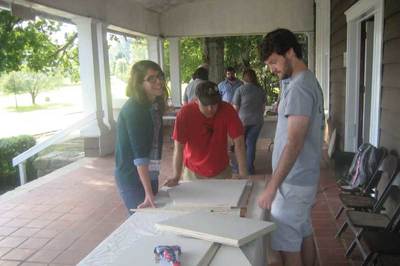
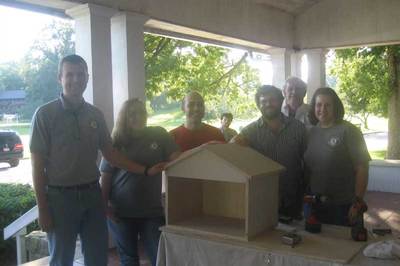
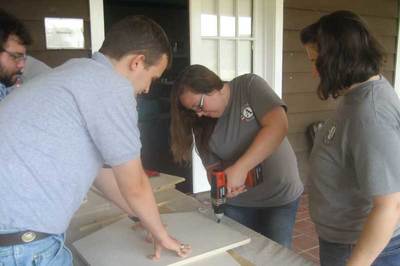
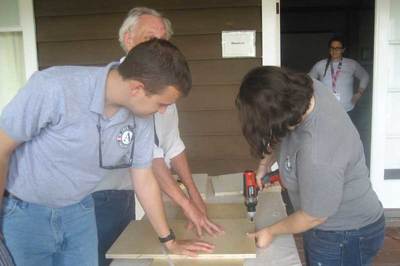
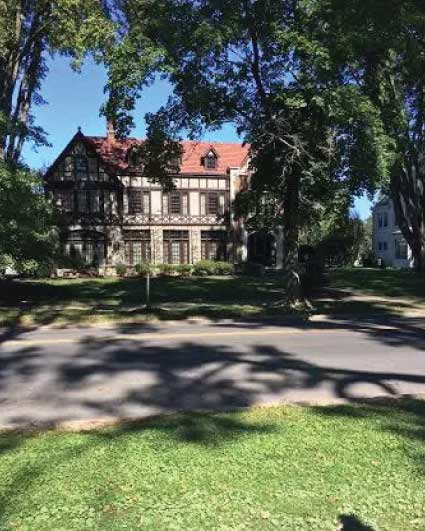
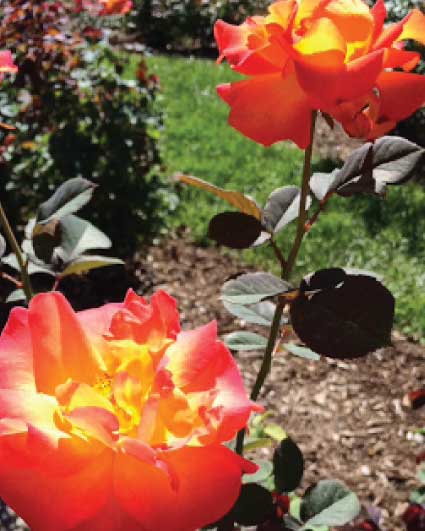
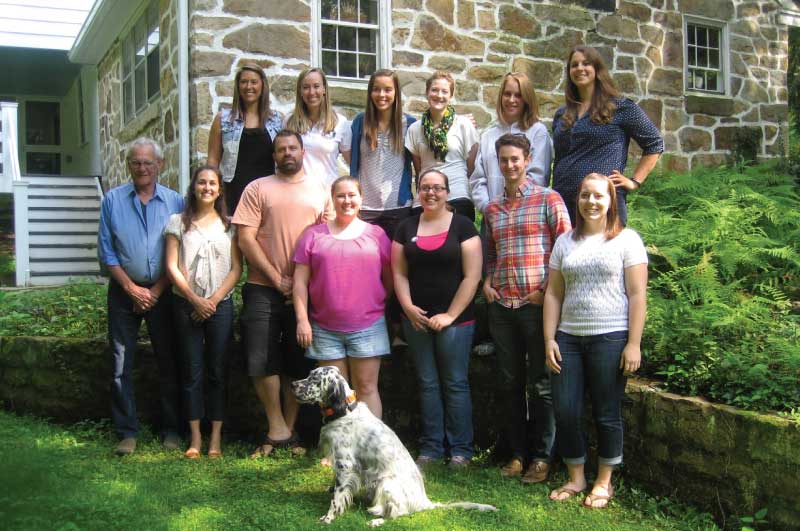
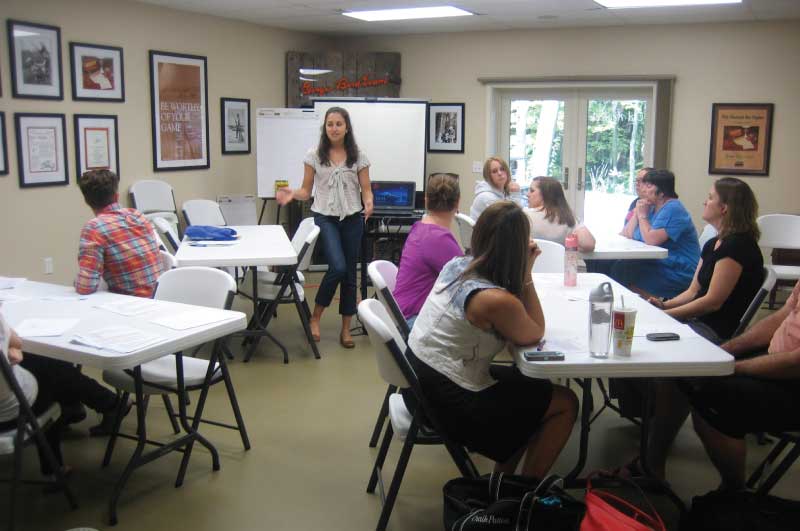
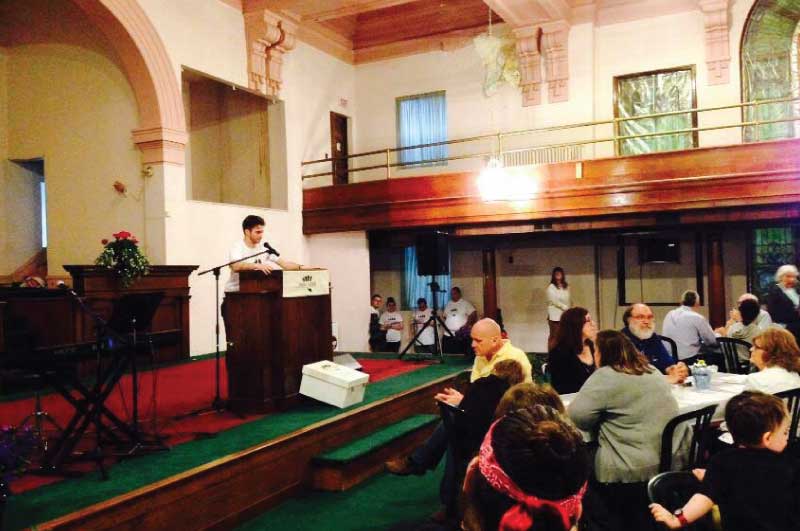
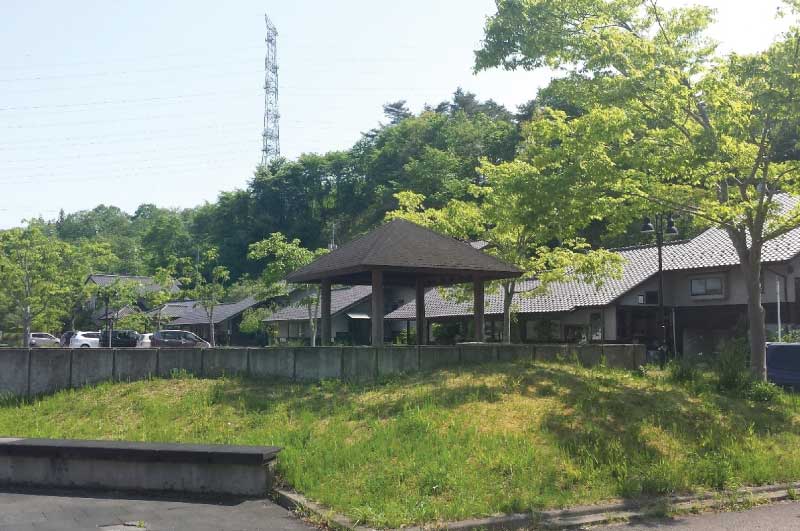
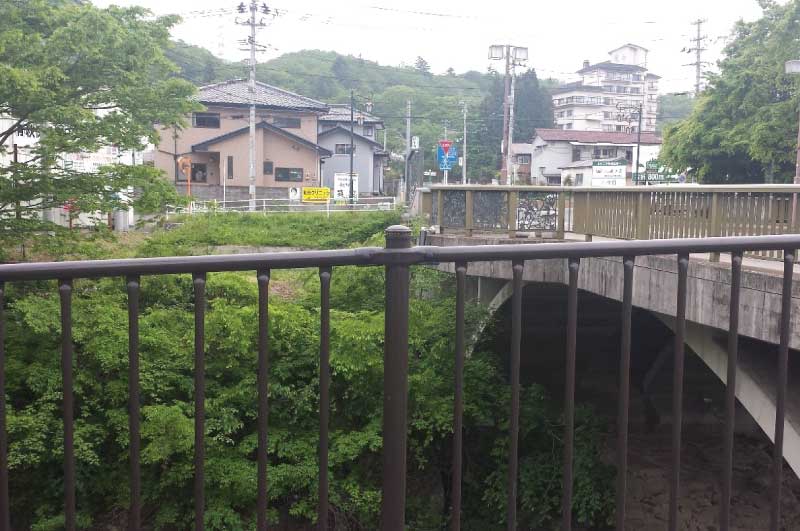
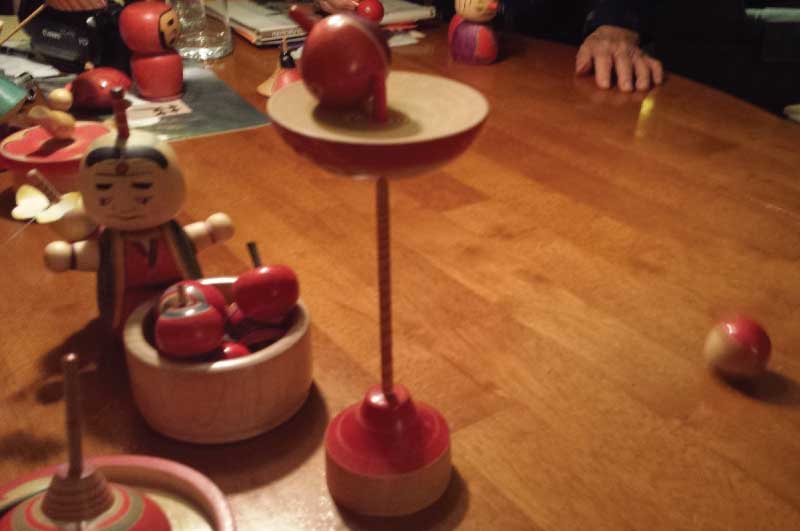
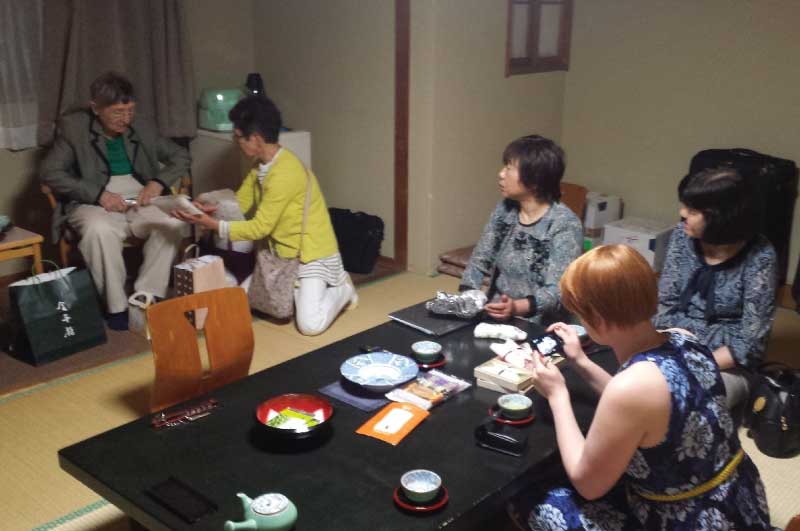
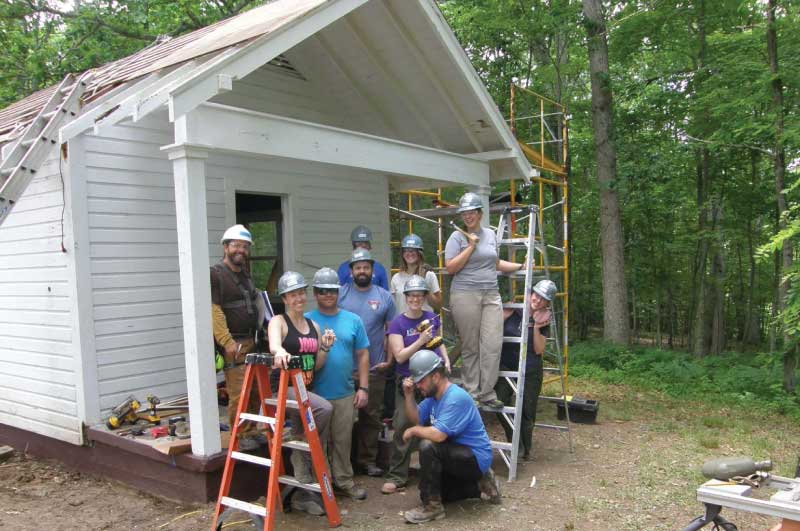
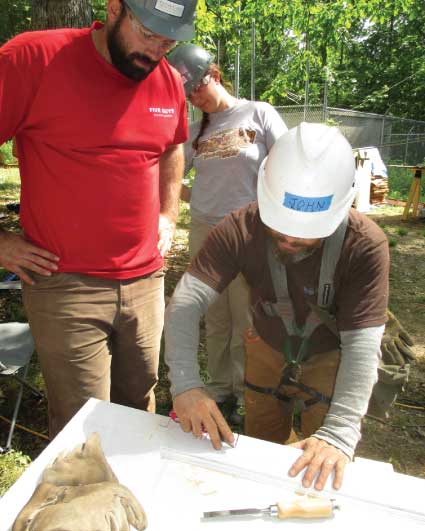
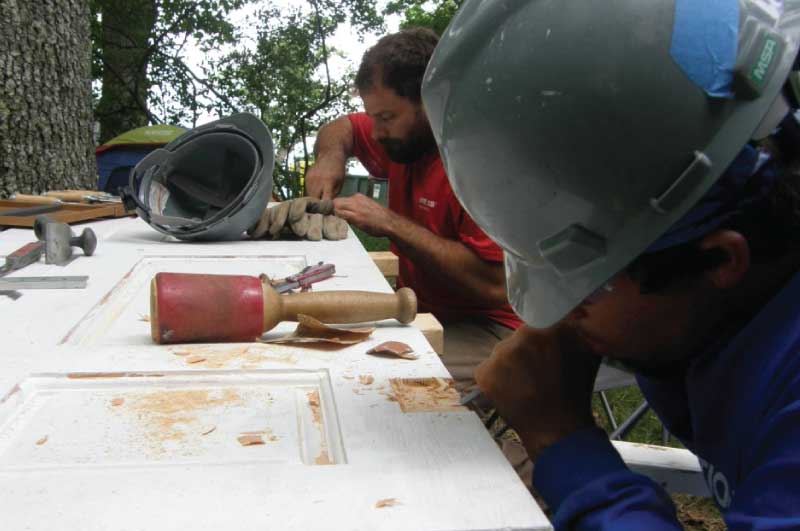
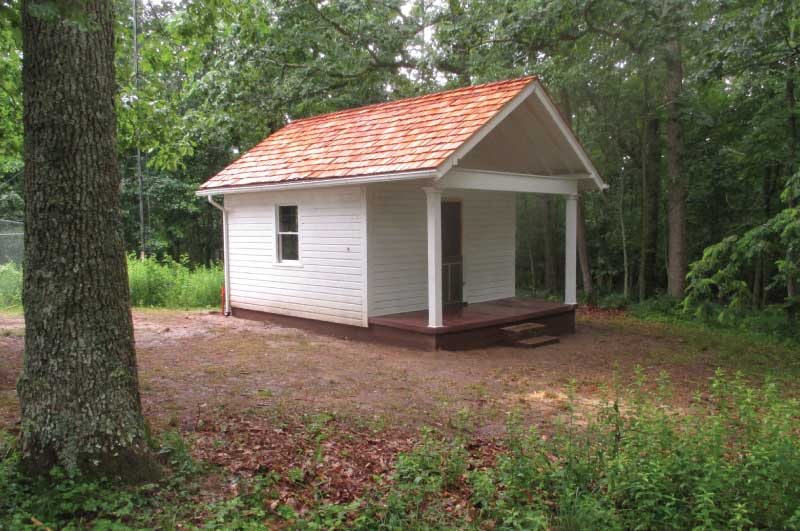
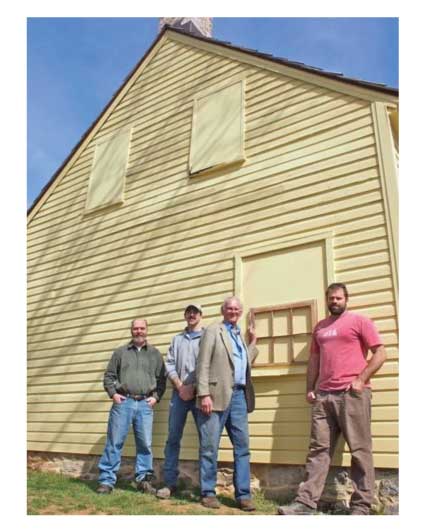
 RSS Feed
RSS Feed



